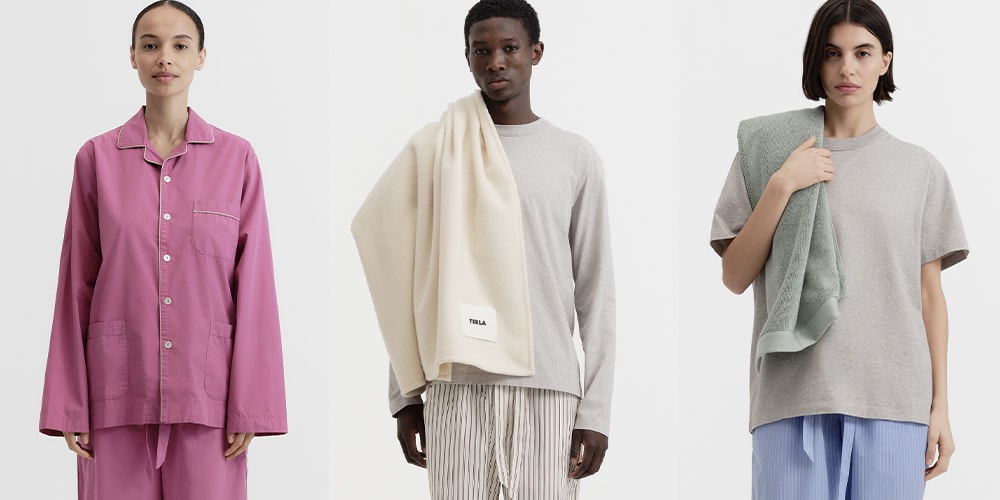Decoy Wines: Craftsmanship and Tradition in Every Bottle

The original 1985 Decoy label. Courtesy of Duckhorn Vineyards
Nestled among the sun-kissed hills of Sonoma County, where the invigorating salt air from the Pacific Ocean dances through rolling vineyards, a world of exceptional wine awaits. At Decoy, a winery renowned for its distinguished portfolio of California wines, the distinctive terroir intricately intertwines with a profound level of craftsmanship to create bottles that are both accessible and elegant, bursting with the vibrant flavors that epitomize Californias rich land.
Decoy has carved out a niche as an iconic brand, not only for the exquisite wine contained in each bottle but also for its instantly recognizable label featuring a charming mallard duck. This emblematic bird floats gracefully against a white backdrop, exuding an air of tranquility and sophistication. The duck's striking green hue beneath its tucked wing adds a playful touch, hinting at the lively character of these well-crafted wines. A deeper examination reveals that this duck is a decoy, a carved wooden figure designed to attract real ducksan art form that has been practiced since ancient Egypt, paralleling wine production in its historical roots. Both decoy carving and winemaking celebrate the lands bountiful offerings, and they harmonize beautifully, especially considering duck has long been a favored dish on Californian tables, pairing delightfully with local Cabernets and Pinots. Just as Decoy's wines deliver surprising depth and vitality, this decoy challenges expectations in delightful ways.
The duck depicted on the label has a tangible counterpart residing in a display case at the Duckhorn Vineyards Estate House in St. Helena, California. The tale behind the label is steeped in personal passion; Dan Duckhorn, who established Duckhorn Vineyards in 1976 and launched Decoy Wines in 1985, was a dedicated collector of decoys. When he chose the name Decoy for this new line of wines, it symbolized how these bottles would entice consumers with their combination of quality and approachability. The artistry of a handcrafted wooden decoy mirrors the intricate knowledge and skill required in winemaking, reinforcing the connection between these two crafts.
From its inception, Decoy has embraced a philosophy that emphasizes respect for the terroir of California. The winery boldly diverged from the norm with its eye-catching label at a time when most wine bottles merely bore the names of their producers in the most basic of designs. This willingness to innovate has paid off, with the ducks image enduring through the years, while the craftsmanship behind the wines has remained a vital focal point.
The journey of Decoy began with a single red blend in 1985, crafted with the intention of offering high-quality wine at an accessible price point. Dan Duckhorn aimed to create a wine ideal for casual enjoyment, often referring to it as a Tuesday night winethe perfect companion for midweek dinners. Over the years, as the Decoy label evolved to reflect a contemporary style, the winery expanded its offerings to include a diverse range of varietals. Among these, their Cabernet Sauvignon has garnered particular acclaim for its complex, structured fruit profile. Additionally, Decoy produces a soft, lightly herbal Pinot Noir, a vibrant, tropical Sauvignon Blanc, and a classic California Chardonnay, which is celebrated for its silky texture and delicate balance. Each of these wines showcases the unique characteristics of Californias diverse growing conditions, as Decoy exclusively sources grapes from coastal vineyards where the cooler climates, steep hillsides, nourishing soil, and misty mornings create an ideal environment for grape cultivation.
Quality wines originate from the best grapes, and Decoy embodies this ethos by sourcing their fruit from a mix of estate vineyards and top growers in the Sonoma County area. This dual approach allows them to cultivate their own grapes on their picturesque vineyards while also leveraging the expertise of local growers who specialize in specific varietals, such as Chardonnay and Zinfandel. The estate vineyards, Ridgeline and Brownell, exemplify this commitment to California's grape heritage. Ridgeline, situated on the slopes of Oak Mountain in Alexander Valley, features rocky soils and steep elevations that produce exceptional Bordeaux-style wines. Conversely, Brownell Vineyard, located on the valley floor, benefits from ancient alluvial soils rich in gravel and sand, creating the foundation for Decoy's esteemed Cabernet Sauvignon.
Though the grapes are pivotal to the winemaking process, they are just the beginning of the journey. Creating a remarkable wine requires meticulous attention to detail. At Decoy, each grape varietal is fermented individually, allowing the winemakers to fine-tune the flavors of each component before blending them into a harmonious final product. This careful process often results in exceptionally smooth wines, reflecting the artistry and dedication of those behind the craft.
Over the decades, Decoy has continuously sought innovative ways to enhance its dedication to craftsmanship. In 2007, the brand embarked on a label redesign, aspiring to find an updated decoy image that resonated with the sophistication of its expanding portfolio while honoring the folk art traditions of the region. They collaborated with local artist Michael Allard and turned to two of Dan Duckhorn's most cherished possessions: a pair of carved wooden pintails crafted by the legendary local artisan Richard Fresh Air Dick Janson, who carved decoys in the early to mid-20th century. Janson, known for his skillful craftsmanship, made decoys aboard a dilapidated boat moored in the marshes of Sonoma Creek, just a short distance from St. Helena. His decoys were painstakingly hand-carved from local redwood, using traditional tools, which imbues them with a lifelike quality even as they age. The image that now represents the Decoy brand is not just a nod to the Californian legacy of craft; it embodies the hard work and respect for the land that defines both winemaking and the art of decoy carving.
























